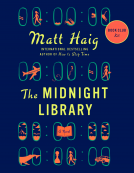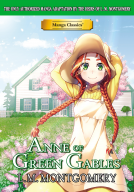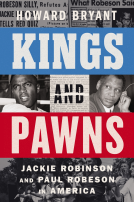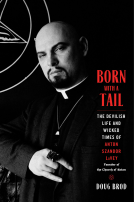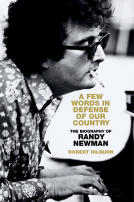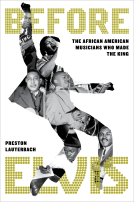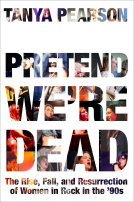
Wild Minds
The Artists and Rivalries That Inspired the Golden Age of Animation
by Reid Mitenbuler
This title was previously available on NetGalley and is now archived.
Send NetGalley books directly to your Kindle or Kindle app
1
To read on a Kindle or Kindle app, please add kindle@netgalley.com as an approved email address to receive files in your Amazon account. Click here for step-by-step instructions.
2
Also find your Kindle email address within your Amazon account, and enter it here.
Pub Date Dec 01 2020 | Archive Date Mar 23 2021
Grove Atlantic | Atlantic Monthly Press
Talking about this book? Use #WildMinds #NetGalley. More hashtag tips!
Description
The vivid and untold story of the Golden Age of classic animation and the often larger-than-life artists who created some of the most iconic cartoon characters of the twentieth century
In 1911, famed cartoonist Winsor McCay debuted one of the first animated cartoons, based on his sophisticated newspaper strip “Little Nemo in Slumberland,” itself inspired by Freud’s recent research on dreams. McCay is largely forgotten today, but he unleashed an art form, and the creative energy of artists from Otto Messmer and Max Fleischer to Walt Disney and Warner Bros.’ Chuck Jones. Their origin stories, rivalries, and sheer genius, as Reid Mitenbuler skillfully relates, were as colorful and subversive as their creations—from Felix the Cat to Bugs Bunny to feature films such as Fantasia—which became an integral part and reflection of American culture over the next five decades.
Pre-television, animated cartoons were aimed squarely at adults; comic preludes to movies, they were often “little hand grenades of social and political satire.” Early Betty Boop cartoons included nudity; Popeye stories contained sly references to the injustices of unchecked capitalism. “During its first half-century,” Mitenbuler writes, “animation was an important part of the culture wars about free speech, censorship, the appropriate boundaries of humor, and the influence of art and media on society.” During WWII it also played a significant role in propaganda. The Golden Age of animation ended with the advent of television, when cartoons were sanitized to appeal to children and help advertisers sell sugary breakfast cereals.
Wild Minds is an ode to our colorful past and to the creative energy that later inspired The Simpsons, South Park, and BoJack Horseman
.Available Editions
| EDITION | Other Format |
| ISBN | 9780802129383 |
| PRICE | $28.00 (USD) |
| PAGES | 432 |
Average rating from 14 members
Readers who liked this book also liked:
L.M Montgomery
Children's Fiction, Comics, Graphic Novels, Manga, Teens & YA
